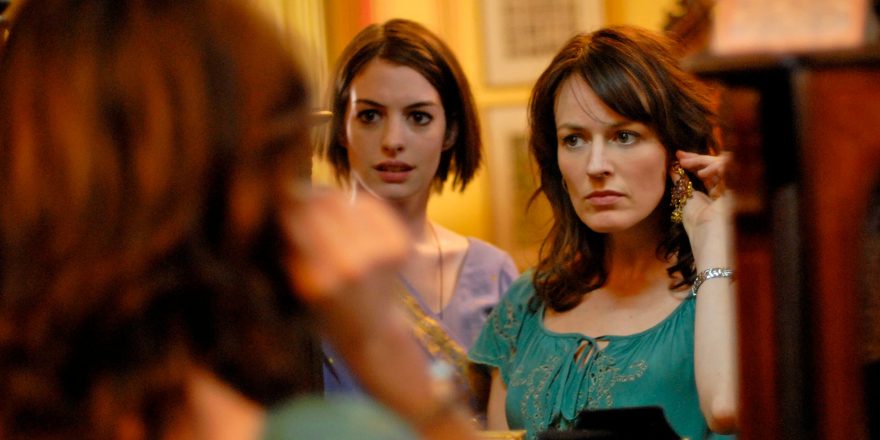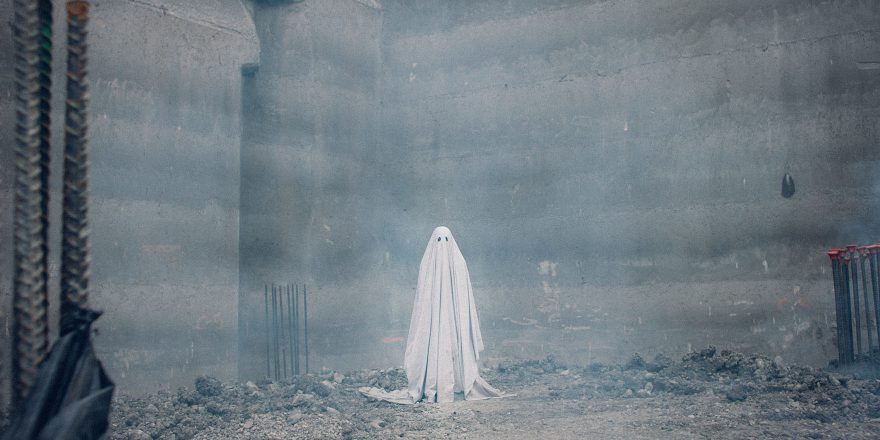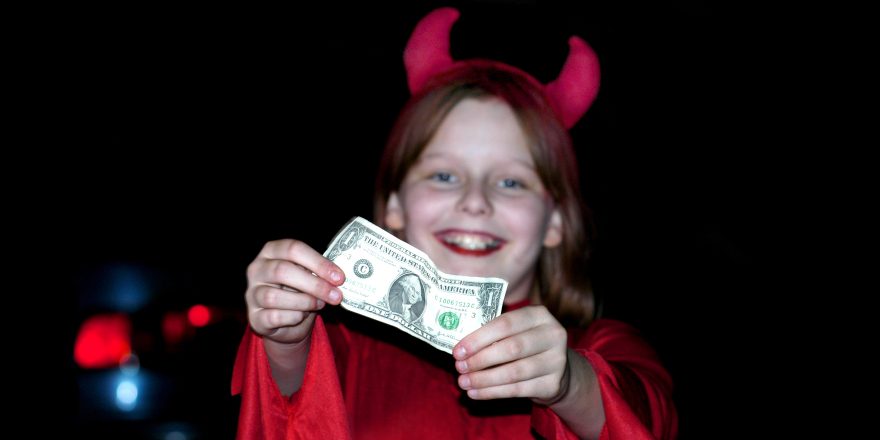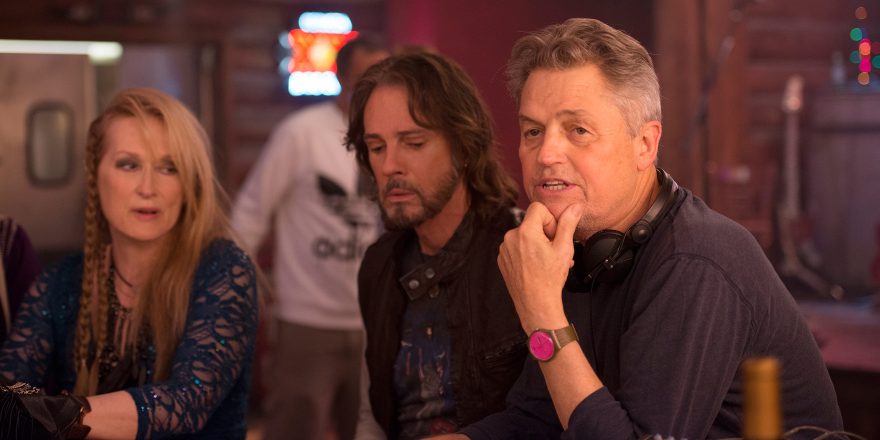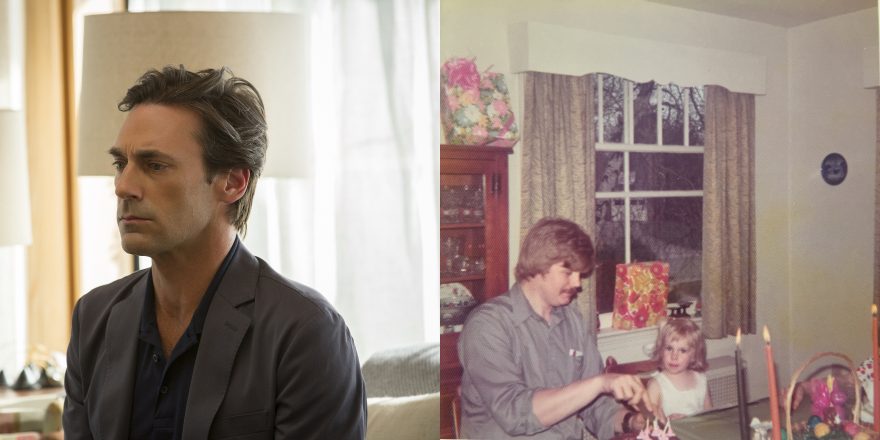The moment that Rachel Getting Married changed my life occurs about halfway through the film. After a day and a half or so of revelry, bickering and emotional standoffs, Sidney – Rachel Buckman’s soon-to-be-husband – challenges her father, Paul, to a contest: who can load the dishwasher the fastest? This, we gather from the raucous (and slightly anxious) response by the others gathered in the kitchen, is a gauntlet thrown. Loading the dishwasher is Paul’s thing – he takes a bizarre pride in it. Paul plays along with Sidney’s good-natured brinksmanship – and yet his face tells us there’s something darker underpinning his acceptance of the challenge. “Go fuck yourselves,” he snaps at the crowd as they cheer for Sidney. They laugh – he seems jovial on the surface, but it’s cut with a note of clear menace. “Nobody,” he seems to privately snarl, “cleans up messes better than me.”
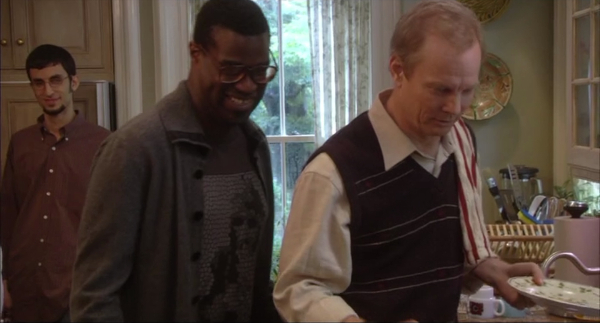
The origins of Paul’s defensiveness are soon revealed – he handily defeats Sidney in the contest, cramming more dishes into the machine than Sidney was able to, eclipsing his total with 15 extra seconds on the clock. “I need more dishes!” Paul cries with unvarnished glee. Kim, his younger daughter, a recovering drug addict whose erratic behavior has been a constant source of tension throughout the weekend, leaps at the opportunity to re-affirm her bond with the family. She flings open a cabinet and grabs a pile of plates, sliding them across the counter to Paul, who begins whipping them into the dishwasher with an almost Chaplin-esque elan.
And then, the whole thing comes to an abrupt and clattering halt. Paul is stopped dead in his tracks when he discovers a colorful plate atop Kim’s stack – a small dish with an image of a train and the name “Ethan” in child-like scrawl. This, we understand instantly, was the favorite plate of the family’s son, killed in a car accident when Kim, in a haze of Percocet, tried to drive him home from a playdate at the park, and veered off a bridge. Kim survived, plunging her even deeper into an already years-long spiral of substance abuse and self-hatred. Ethan’s death gave rise to a ghost that haunts the Buckman family’s every subsequent interaction.
This moment in the kitchen crystallizes the origins of the tension we’ve been squirming under for the first half of the film. In an instant, we understand so much of what we’ve already seen: the rift between Paul and his ex-wife, whose absence from the proceedings has been a topic of fraught discussion; Paul’s anxious, fumbling responses when Kim asks to borrow the car; Rachel’s incessant dance between managing everyone else’s anxiety and her own outrage, which, she tells us, stems from the fact that “everything has always revolved around [Kim’s] disease.” And now, Rachel fumes bitterly, Kim seems hell-bent on ensuring that even on Rachel’s wedding weekend, everything will revolve around the tenuous state of her recovery.
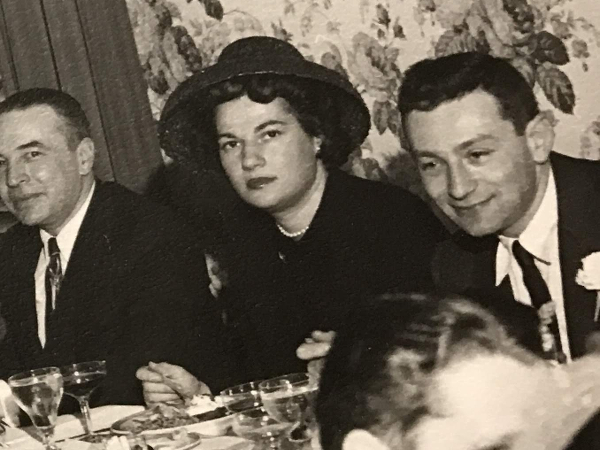
But beyond a deeper comprehension of the unfolding narrative of the film, something bigger came into focus for me in the moment of the dishwasher scene. The revelation of Ethan’s plate reminded me of an experience from my own life – a visit to my grandparents’ house in my early twenties. We were visiting for the first time since my grandfather had been diagnosed with Alzheimer’s. It was the first time we were seeing him since the disease had begun to fully express itself, and the experience was upsetting. My grandfather, until recently a formidable raconteur, given to wide grins and sweeping proclamations on subjects ranging from U.S. history to traffic on the New Jersey Turnpike, sat slumped at the kitchen table in a crewneck sweatshirt. He stared in befuddlement at a stack of playing cards, his lips quivering as he attempted to form some unknown thought about them. He turned them over one by one, showing them off to the rest of us around the table, in hopes that we might be able to enlighten him as to their significance. My grandmother tried fruitlessly to help him express whatever was concerning him about the cards. My aunt wept softly behind her hand. My brother looked at the floor. But my mom was smiling.
Her expression startled me. I remember being rattled by what felt like an epiphany: that there must be some connection between whatever my mom was thinking about right now, and this story I’d been told for years after everyone had too much wine at Thanksgiving. It was a legend that seemed too crazy to be real: after my grandfather’s first wife died suddenly, when my mom was eleven, he’d been briefly married to a woman who turned out to be part of an international jewel smuggling organization. My grandfather became ensnared in the scheme and its ensuing FBI investigation somehow, and … well, that’s all I knew. But something about the extreme nature of the story and the searing discordance between my mom’s reaction to the playing cards and everyone else at the table suddenly felt connected.
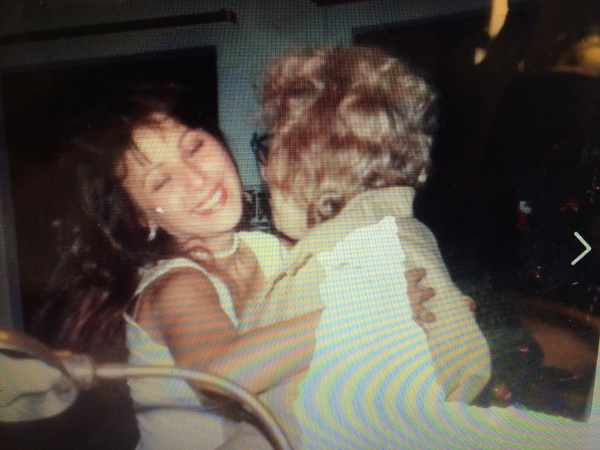
Mom’s smile in that moment had that same blend of affability and menace that ripples across Paul’s features in the dishwasher contest – the sense that there is some virulent unresolved trauma lurking beneath the already-potent moment in which everyone is trapped. Until I saw the movie, I’d never seen that look on anyone else’s face besides hers. I remember getting choked up suddenly as the showdown between Paul and Sidney unfolded. I audibly shuddered, clamping a hand over my mouth as I realized how badly I wanted to find out if I was right about the connection between the jewel thief and my mother’s smile.
I’d always loved family dramas, and had been overwhelmed by versions of the same feeling watching things like August: Osage County, Six Feet Under, or The Squid and the Whale. I remember a similar jolt in the pit of my stomach when my first acting teacher told me, “Every drama begins with the family – whether it’s O’Neill, Odets, Miller, Shakespeare, or the Greeks. The family is the root of all great storytelling.” Family Ghosts, my podcast about the weight of familial myth and legacy, sprung from a curiosity born of the emotional resonance I experienced in these moments: if stories like these are touching something universal that lives inside all of us, what would happen if you removed the fictional layer, and told the stories of the legends that haunt real families? The connection had always intrigued me in some stirring but ineffable way – it wasn’t until the visceral impact of the dishwasher scene that I was able to fully articulate it.
There’s another scene I remember being absolutely leveled by when I first saw Rachel Getting Married: Sidney’s tender a cappella performance of Neil Young’s “Unknown Legend,” which he sings as part of his wedding vows to Rachel. I couldn’t name what felt so powerful about that scene when I first watched it – but seeing it again recently, I think I might’ve figured it out.
Partly, of course, Sidney’s obvious adoration of Rachel is incredibly moving. Sidney tells us in the first part of his vows that all he’s ever wanted to hear is music, so the fact that he’s singing to her is plainly his most honest possible expression of the feelings that reside within him. But the main thing that struck me this time around is that in a way, the entire film springs from an unknown legend. Even before Ethan’s death, it’s clear that the Buckman house is already haunted. Rachel, we learn early in the film, has struggled with an eating disorder, and Kim was in the throes of her addiction well before she and her brother’s tragic trip to the park. But while Kim explosively expresses whatever trauma the sisters are carrying, Rachel has been forced to bear its weight in relative silence. And then, in the wake of a weekend riddled with tumult and outrage, when she’s finally declared herself to be fed up with that responsibility once and for all, Sidney looks into her eyes and sings, “She’s been running half her life … she was an unknown legend in her time.” Rachel’s eyes well with tears, and she squeezes Sidney’s hand tightly – he sees what no one else has ever bothered to notice.
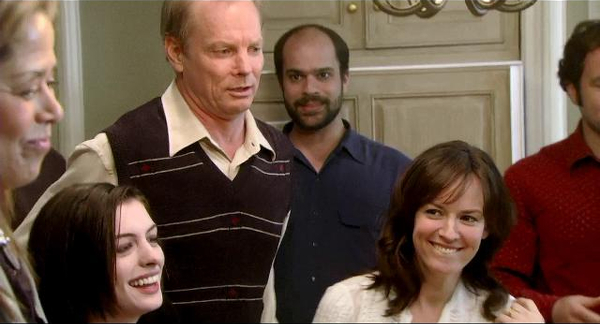
In one of the final sequences of the wedding scene, Rachel pulls Kim and their mother in for a hug so tight the mother begins to protest – “All right, Rachel. Rachel, that’s enough!” We understand implicitly that Rachel is clinging to a version of their bond which she now understands can’t ever exist. Ethan’s death and the ensuing emotional wreckage are a mess that neither Paul or anyone else can ever clean up.
But by the next morning, with the legend at last coaxed, however sloppily, into the light, something fundamental has shifted. Rachel, who is pregnant and preparing to build a new family with Sidney, seems to see her existing family more clearly than she could when the weekend began. Through a window, we see Paul stumble around the messy kitchen, plainly overwhelmed by the task that lies ahead. Rachel hugs Kim goodbye before she returns to the drug rehab center where she’s been living for the last few months – she too has a long road ahead. “I fucking love your baby,” Kim whispers. “Me too,” Rachel squeals. As the last shot of the film fades slowly to black, Rachel saunters across the lawn towards Sidney and his fellow musicians. Deep within her, literally and metaphorically, a brighter future has already begun to bloom.



